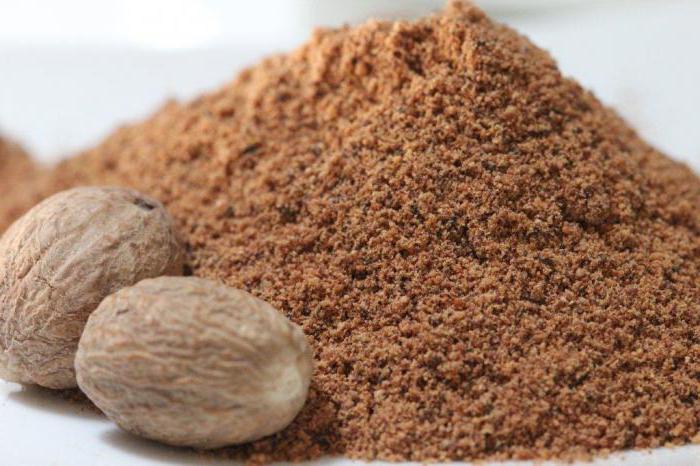Myristic acid: use and properties
Myristic acid (formula - C13H27COOH) -is a monobasic carboxylic acid limit. Another name is tetradecanoic acid. It can be seen in many cosmetic substances. But is this substance safe for humans?

Contained in natural products
In nature, this acid is found in abundance: in the form of triglycerides in the oil of the kernels of Javanese almonds. And also in many other vegetable oils, such as oil ukuuba, babassu, coconut (up to 20%) and palm. The substance is contained in the fruits of pecu, marula oil and even cotton. True, in the latter myristic acid has a fraction of only 0.3-0.4%.
In addition to the above oils, tetradecanoicacid in a large amount (from 7 to 15%) is found in dairy, beef (3-3.5%) and mutton fat (2-3%), and also slightly in red, safflower and olive oils.
The concentration of myristic acid in milk fats is higher in winter, and in summer it decreases.

Physical properties and production
The substance is poorly soluble in water, but it dissolves perfectly in diethyl ether, acetone and alcohol. The melting point is 54 degrees, and the boiling point is 248 (at atmospheric pressure of 100 mm Hg)
Myristic acid is produced by preparationfrom oils. Most often used Muscat, which consists mainly of solid triglycerides of tetradecanoic acid. It, in turn, is extracted by pressing nutmegs and saponifying and distilling oil from the fruits of other trees of the genus Myristica (processes are conducted in a sparse space).

Medicines and food additives
This acid is contained in the subcutaneous fatof a human being, and is 2 to 4% by weight of all fatty acids. Like other saturated fatty acids, it has some antimicrobial properties. These qualities significantly depend on the acidity of the environment.
Myristic acid is characterized by viricidal andfungicidal activity that inhibits the development of pathogenic microflora and the growth of yeast fungi. It potentsiruet in the intestines and antibacterial action of drugs. For example, antibiotics, resulting in increased their effectiveness in the treatment of acute infections of the intestinal bacterial and viral nature.
Since myristic acid, interacting withviral and bacterial antigens, causes immunological stimulation, it contributes to a stronger immune response of the body when introducing intestinal pathogens.
In complex
Together with other fatty acids it is included incomposition of some active substances. For example, fat emulsions for parenteral nutrition. High-purity fish oil, which is one of the active ingredients of such preparations, contains for one gram from 1 to 6 grams of myristic acid.

Soap and cosmetics
The production of solid soap, too, can not do withouttetradecanoic acid. However, not in its pure form, but in the composition of oils. Along with it, palmitic and stearic acids are used. Often used in cosmetics: in their composition facilitates the penetration of active substances into the skin is myristic acid. Its properties activate the reducing and protective properties of the skin. In addition, the acid has a sliding and lubricating effect. This substance is absolutely safe if used for its intended purpose.
In addition to the active ingredient, the acid canused in cosmetics as an emulsifying and structuring component. It is a part of emulsion creams. For example, in the men's gel for washing "Black Coal" and mascara from Eveline. This substance can be part of cosmetic products and as a perfume additive.



